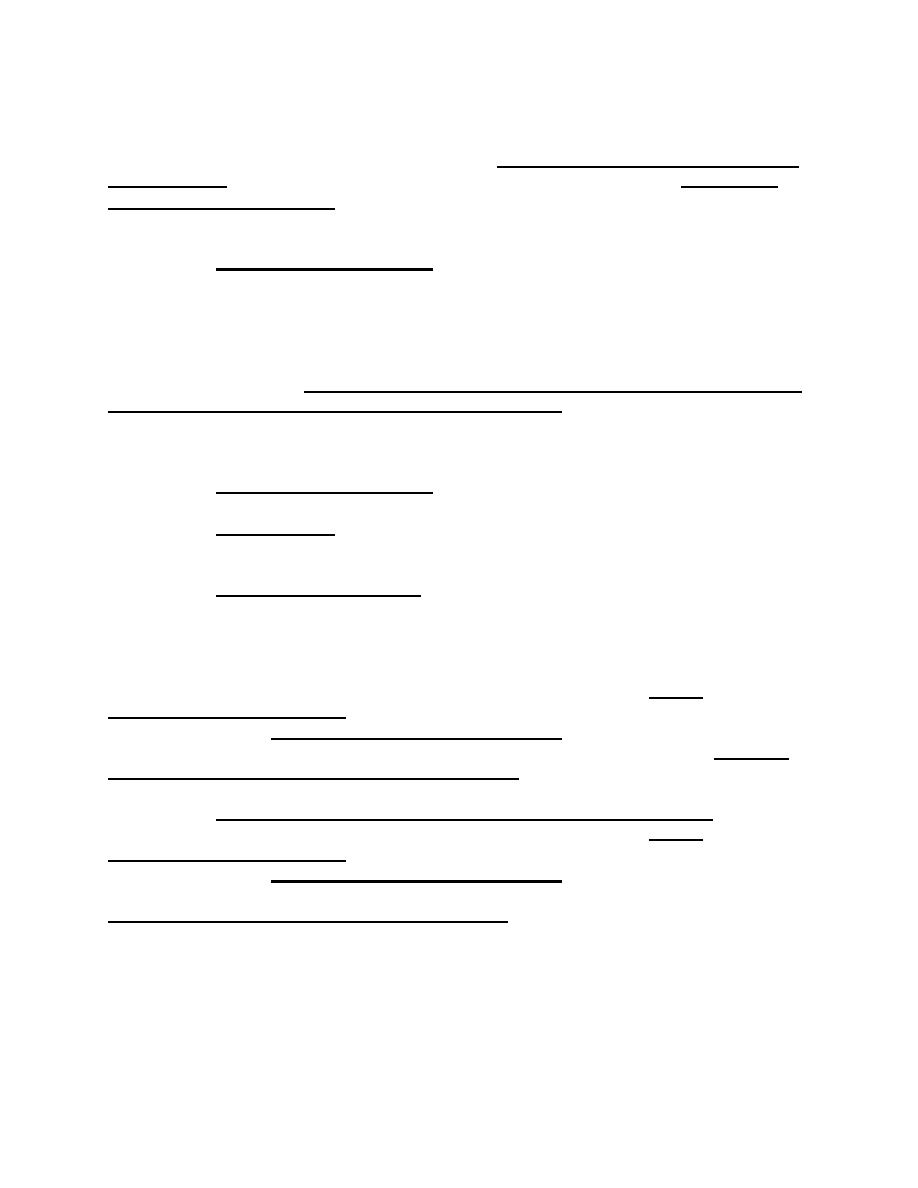
MIL-HDBK-1005/7A
river or body of salt water. Refer to Recommended Standards for
Water Works, Health Education Services,1997 edition; and Water
Quality and Treatment, Chapter 11, "Membrane Processes," AWWA,
fourth edition.
6.9.6
Heavy Metals Removal . Heavy metals listed in 40 Code
of Federal Regulations Part 141 through 143 can be removed by a
number of treatment techniques, including reverse osmosis, alum
or ferric coagulation, lime softening, anion exchange, and
cation exchange. Guidance on removal capabilities of these
processes for various heavy metals is presented in
EPA-600/8-77-005, Manual of Treatment Techniques for Meeting the
Interim Primary Drinking Water Regulations , and
EPA-600/2-79-162a, Estimating Water Treatment Costs, Volume 1,
Summary.
6.10
Saltwater Conversion
6.10.1
Application. Where freshwater supplies are not
available, some means of saltwater conversion must be provided.
6.10.2
Treatment Processes. Select one of the treatment
techniques listed in Tables 12 and 13. Review recommendations
of manufacturers to develop criteria for design. Refer to
reports of the Office of Saline Water, U.S. Department of
Interior, for descriptions of processes. For additional
information regarding membrane processes refer to Water
Treatment Plant Design , Chapter 13, "Membrane Processes," AWWA,
third edition; Water Quality and Treatment , Chapter 11,
"Membranes," AWWA, fourth edition; and AWWA Manual M38, Electro
dialysis and Electro dialysis Reversal.
6.11
Disposal of Wastes From Water Treatment Plants.
For
information regarding disposal of wastes refer to Water
Treatment Plant Design , Chapter 17, "Process Residuals," AWWA,
third edition; Water Quality and Treatment , Chapter 16, "Water
Treatment Plant Waste Management," AWWA, fourth edition; and
Recommended Standards for Water Works , Part 4.11, "Waste
Handling and Disposal," 1997 edition.
61


 Previous Page
Previous Page
